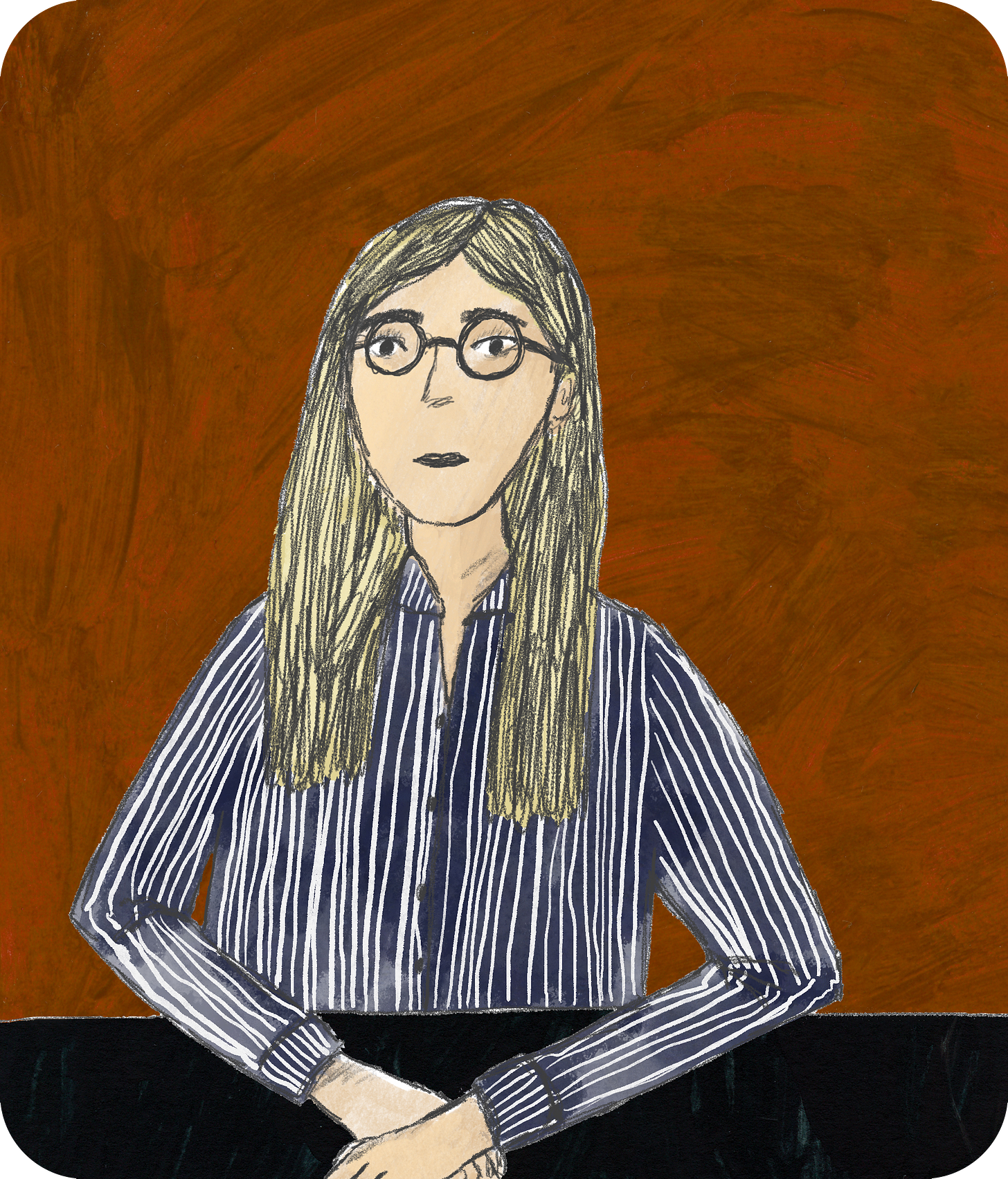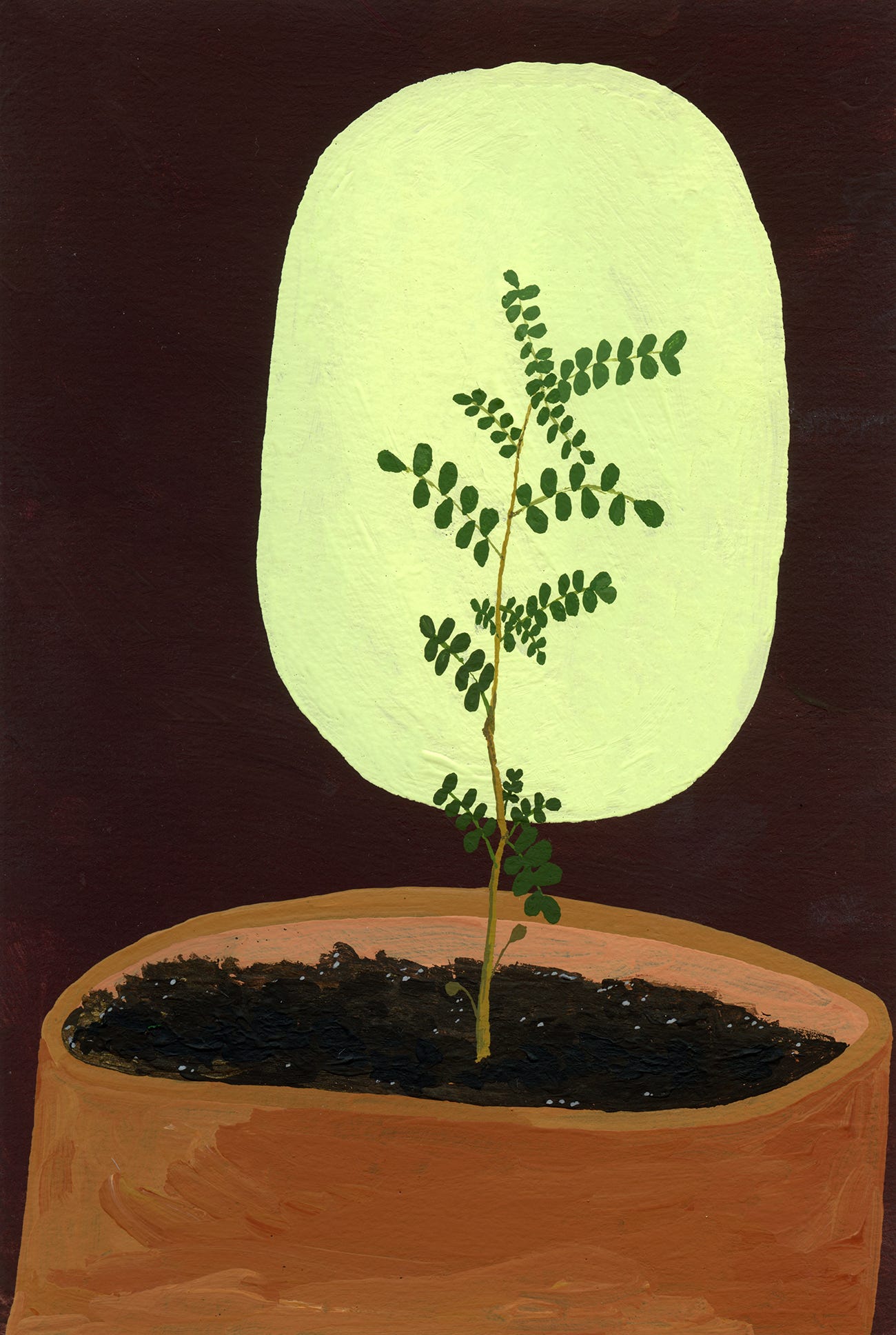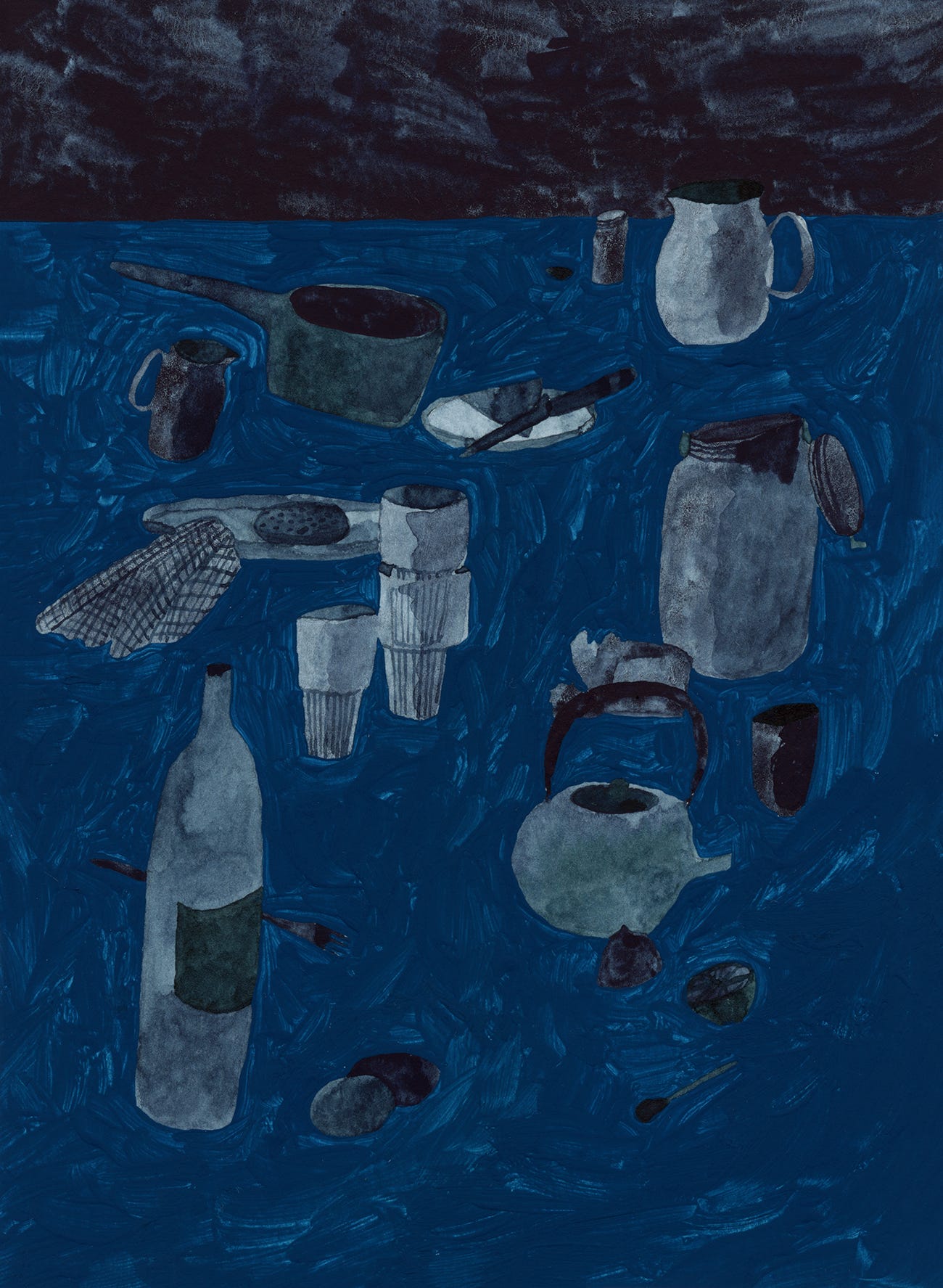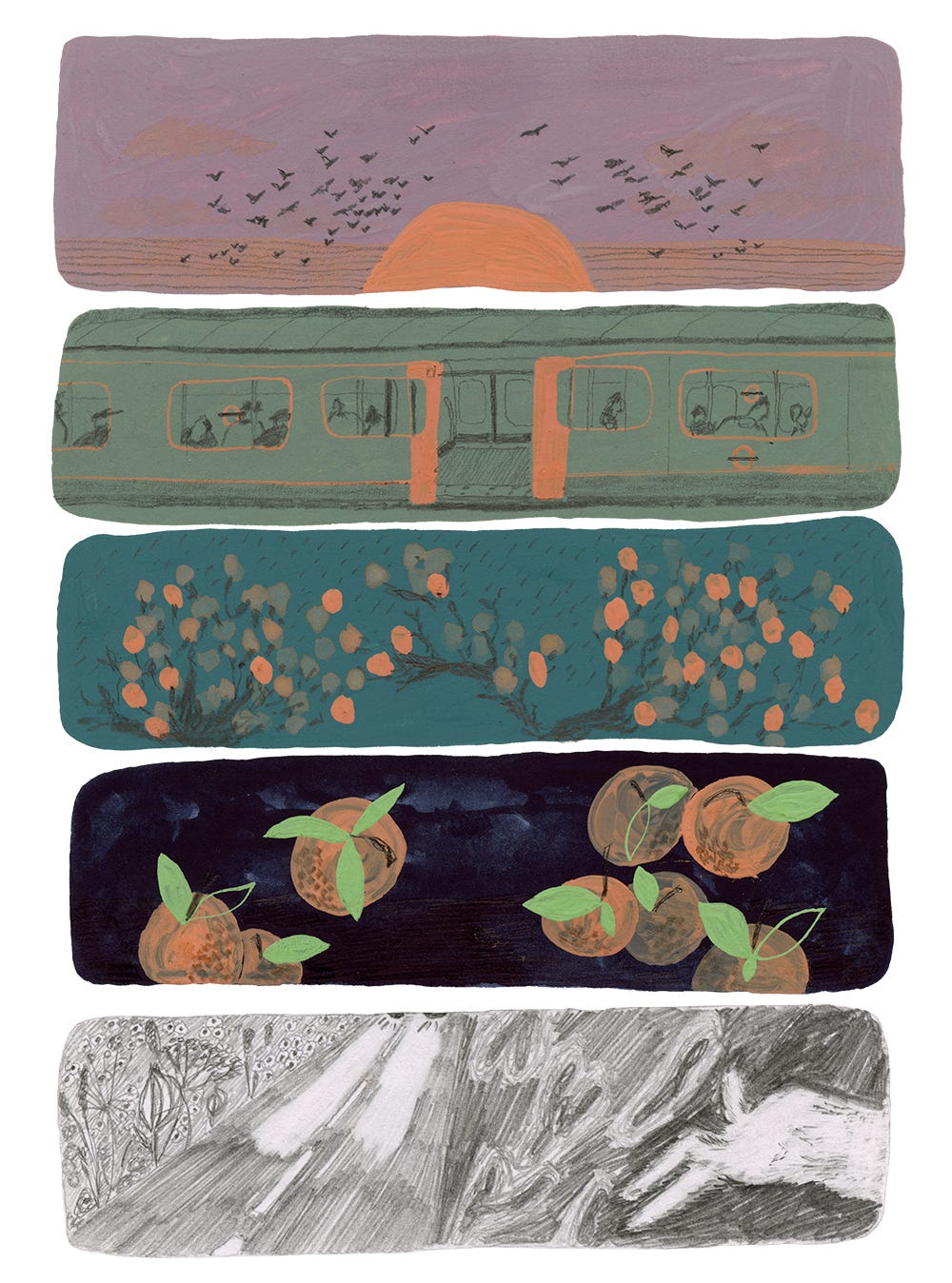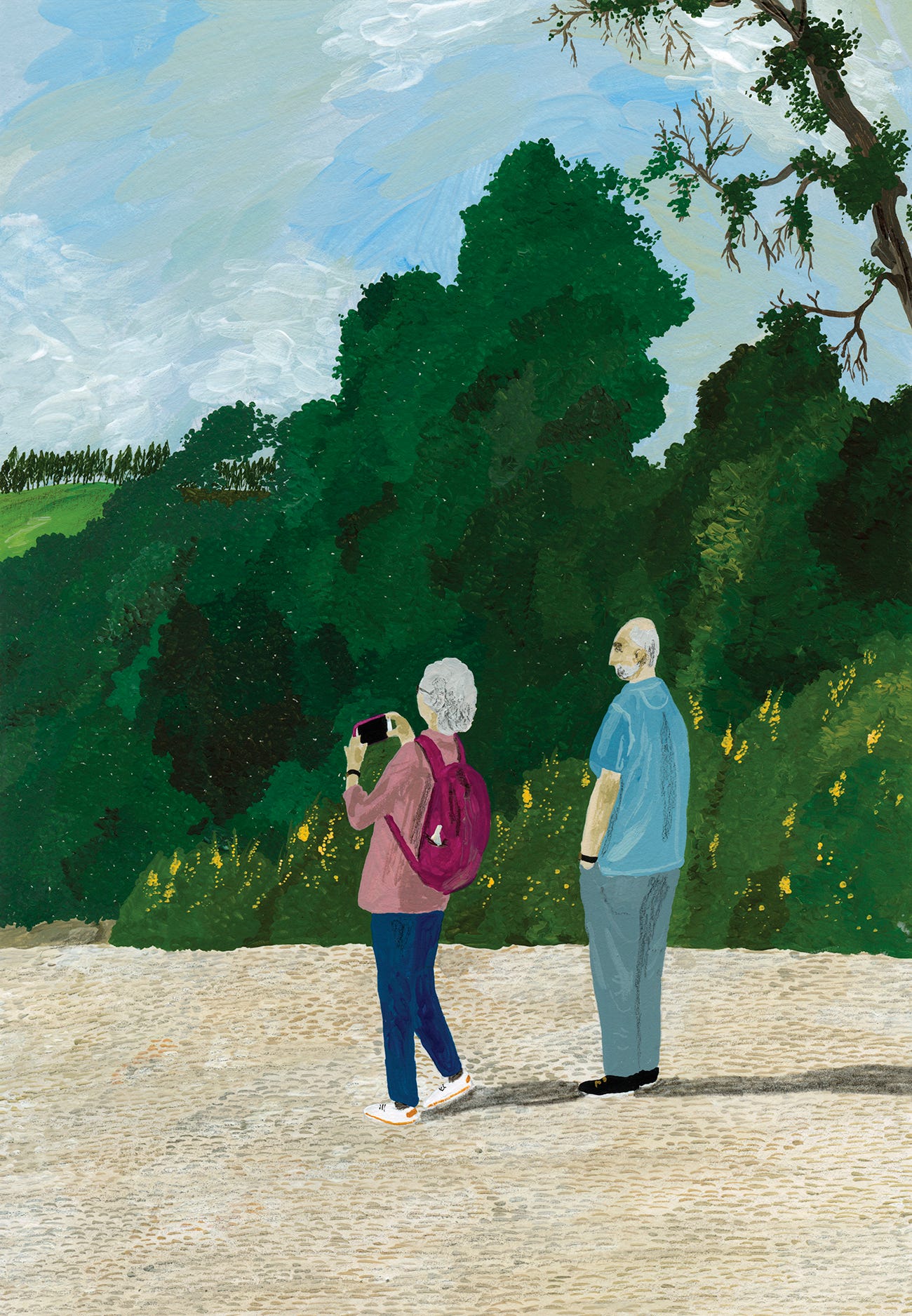The art of paying attention with Ella Frances Sanders
I sit down for an interview with the NYT best selling author an illustrator.
“Art is not a mirror held up to reality, but a hammer with which to shape it.”
— Berthold Brecht
Today we’re trying something a little different, y’all: an interview with Ella Frances Sanders, an author and illustrator based in the Scottish Highlands. Ella is a New York Times- and internationally-bestselling author and illustrator of five books variously about languages, science, and beauty. She’s also just a generally kind and thoughtful presence in the world and a creator I admire tremendously for her authenticity and keen ability to notice.
When I grow up, I’d like to be like Ella, so it’s a real treat to get to share some of her nuggets of wisdom with you. Check out her work on instagram and Substack.
How do you tend to your creative spirit?
I think my most instinctive spirit-tending happens simply by paying attention, and often to very small or ordinary things. I would suspect many of us begin to feel creatively undernourished when we stop noticing all of the tender and intensely human moments which hold everything together—or feel that we do not have time for them, or that they are not important enough. The more you look for these things, the more they seem to make themselves visible? I have found this to be the case at least.
What are some of your biggest sources of inspiration? How do you keep them close and regularly draw from them?
Similarly to above, anything I could reasonably file in the category of 'inspiration' would likely be along the lines of noticing: interactions between strangers, changes around me within the natural world, the peculiarities of family life. I'm frequently struck by certain sentences or word choices while reading, and will compulsively need to write those down. I have always collected feathers, leaves, stones, often pressing the leaves inside book stacks and promptly forgetting about them—I've found that it just feels good to have small strands of nature around, in amongst all of our modern, complicated confusion. Sometimes inspiration will just be looking at the same pinecone on my desk every day for a year.
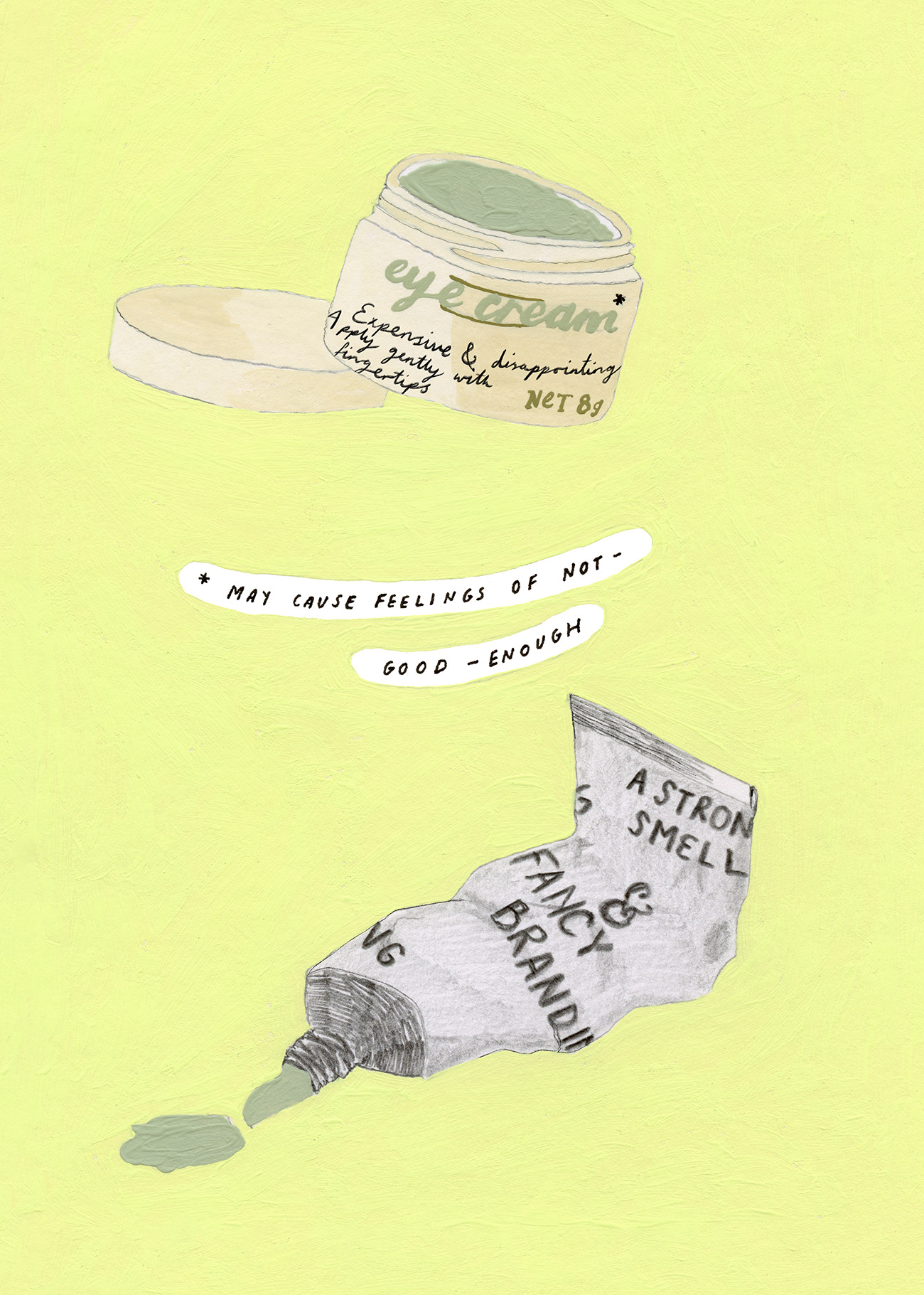
Do you have a favorite "warm up" activity to help get inspiration flowing?
I've had to be careful to ensure my 'warm up' activity isn't just 'all of the household tasks that need doing'. I've always worked from home, and while the overlap of daily life and creative output has never felt actively suffocating, sometimes the balance has been a little off. If I have the energy then my preference would always be to go for a walk alone in the morning, or if that kind of energy cannot be located then I will usually read with coffee for an hour first thing. In order to work and think in the ways I want to, it seems I need to give my brain brief respite or distraction from itself first.
What's something that would surprise us to know about your creative practice?
Maybe that I don't believe in a hierarchy of inspiration, or that very often my creative practice seems to involve a large amount of worrying!
What advice do you have for women creators just starting out on their journey?
I think what might have been most helpful for me, over ten years ago now, would have been to hear someone say that I could have much, much more confidence in my abilities and creative choices than I thought I deserved. And that one of the best skills to grow is being able to cleanly explain your creative visions to someone else as and when required.
What’s a short and simple creative exercise we could try?
This is a practice included in my most recent book, Everything, Beautiful: A Guide to Finding Hidden Beauty in the World, but I will use it often myself if I'm feeling dull, or frustrated. You draw two things you believe to be beautiful, one about the size of an orange, the other about the size of a paperclip. This might sound odd, but having both the consistency of size and complete freedom of what will often produce quite surprising results, and also indicate something to you about what your brain might be subconsciously preoccupied with on any given day.
Sometimes that last thing a person wants to do is draw, so another one from the book which comes from my own practice is finding a bench somewhere, sitting on it, and just waiting for things to happen in an expectation-less way. Nothing might happen, or many things might happen, but allowing the space either way can shift a stagnant feeling, or provide a new perspective.



